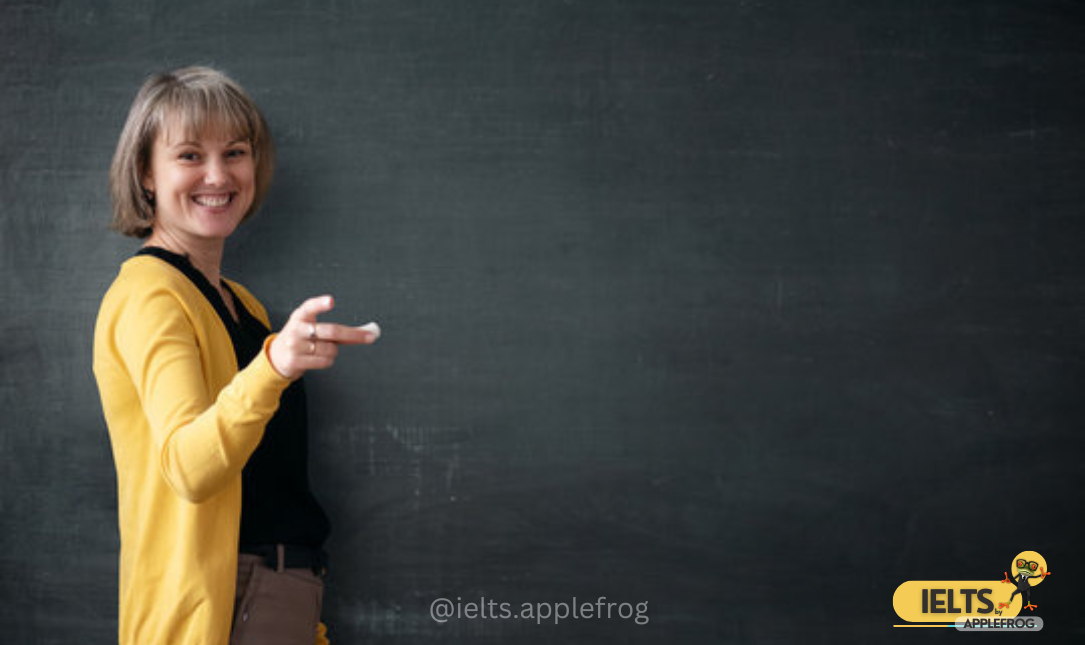
Concrete nouns refer to physical objects or things that can be experienced through our senses. They represent tangible entities—what we can see, hear, touch, taste, or smell. These nouns help us describe the physical world with clarity and detail.
Concrete nouns ground our imagination in reality, turning words into vivid sensory experiences.
Features and Examples of Concrete Nouns
-
Perceptible Objects: Concrete nouns describe things that exist in the physical world and can be directly observed.
Examples: dog, tree, car, apple, hammer -
Sensory Perception: Concrete nouns appeal to one or more of the five senses:
- Visual: Things we can see, like a vibrant flower or a shiny car.
- Auditory: Sounds or noises, such as a bell or guitar.
- Tactile: Things we can touch or feel, like a soft blanket or a rough stone.
- Gustatory: Tastes, such as a sweet apple or spicy curry.
- Olfactory: Scents and smells, like fresh coffee or blooming roses.
-
Physical Entities: Concrete nouns cover a broad range of tangible items, including living beings, objects, materials, and natural phenomena.
Examples: cat, chair, water, thunder, flower -
Specific Instances: Concrete nouns often refer to particular examples of objects or things.
Examples: my dog, the oak tree, that red car, an apple on the table -
Countability: Concrete nouns can be either countable or uncountable:
-
Countable: These can be singular or plural and are measurable.
Examples: dog/dogs, chair/chairs -
Uncountable: These cannot be individually counted or have a plural form.
Examples: water, sand, coffee
-
Countable: These can be singular or plural and are measurable.
Concrete nouns make language vivid and relatable. They enable us to describe our surroundings in a tangible way, helping readers or listeners visualize, hear, feel, taste, or smell the experiences we convey. By using concrete nouns effectively, we enrich our communication with sensory depth and precision.
RELATED POST












 Here can be your custom HTML or Shortcode
Here can be your custom HTML or Shortcode
0 Comments